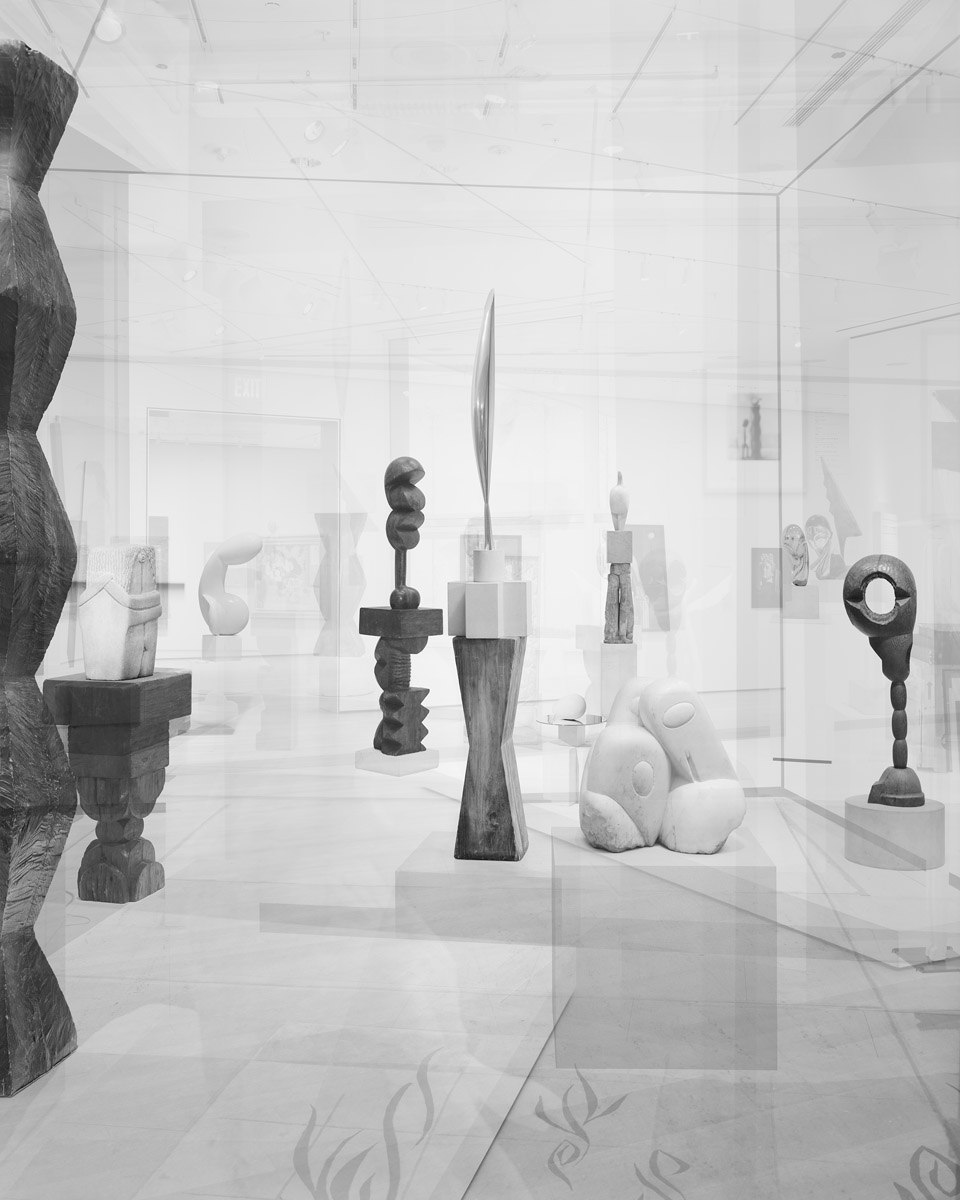Casey Kaplan

Rennie Collection
Simon Starling: Collected Works
November 18, 2016 to March 25, 2017
The intricate work of British artist Simon Starling is the subject of the latest exhibition held at Rennie Museum. This marks the first time the Turner Prize recipient has held a solo exhibition in the West Coast since 2002. Starling’s practice explores medita- tions on fundamental ideas about sculpture, mass, and material, an exercise that stimulates alternative views of our modern world. His multilayered, multimedia works at the historic Wing Sang building will map a complex network of spatial and temporal journeys that dislocate the museum-goer.
Included in the exhibition is Project for a Masquerade (Hiroshima) (2010), a complex trajectory of overlapping narratives inter- connecting art, literature, and theatre to spotlight the machinations of history. The work presents itself as a performance of a traditional Japanese Noh play that masterfully entwines Eboshi-Ori, the 16th Century Japanese tale of personal reinvention, with the rhyming saga that surrounds Henry Moore’s dichotomous sculpture, Atom Piece. Starling works with Yasuo Miichi, a Noh mask maker, to create a set of 8 masks for the reimagined cast of Eboshi-Ori. The masks float disembodied within a constructed “mirror room”, a heavily ritualized space adjacent to the stage where Noh performers assume their characters’ identities. Instead of a stage, the viewer is presented with a multifaceted film made up of visuals of the mask-making process alongside a web of disjointed auditory narratives. The polymorphic elements all follow a predefined path orbiting the idea of reinvention. Starling’s modern rendition reveals the multiple meanings embedded in an object, in this instance a Henry Moore sculpture, opening it up to infinite meanings to come.
In the more recent Pictures for an Exhibition (2013-2014), 36 silver gelatin prints are dispersed around the museum wall. A culmination of the artist’s extensive travels across the US and Europe, the photographs showcase the fates of 19 Constantin Brancusi sculptures first shown at the Arts Club of Chicago in 1927 as well as the anecdotes of provenance the artist collected along the way. Coupled with two vitrines containing accompanying miscellanea, the work charts a network around ownership and power, loss, and transaction.
Elsewhere, Starling’s works ruminate on material transformations through the re-use and recycling of existing forms, materials, and images. One Ton, II (2005) can be viewed as variations on a single motif, a microcosm made up simultaneously of a strati- fied geological deposit, a sculpture, and a photograph. A series of five platinum photographs depict an open air platinum mine in Potgietersus, South Africa, whose ore contents determine the production, size and the quantity of the exhibited prints. A keepsake of Potgietersus, the work exists as a sculptural attestation to the energy consumption embedded within mining. The translucent surface of the handmade prints is juxtaposed with the brutality of the labour implicit in their engineering.
Three White Desks (2008-2009) takes a sidebar story from art history to investigate the system of connections between elec- tronic data and actual matter. A framed photo of a Francis Bacon desk is resuscitated through a trio of desks of similar size and shape, with each consecutive desk replicated via an increasingly compressed electronic image of its predecessor. Presented akin to a sculpture, the desks greet viewers atop their travel crates instead of plinths. Their similarities and differences in estima- tions bear testament of their genealogical roots, with the differences commenting on the principle of generational loss and the fragility of reception.
Simon Starling’s (British, b. 1967) work has been the subject of solo and group exhibitions throughout the world, including the Whitney Museum of Modern Art, New York; ZKM, Karlsruhe; Museum of Contemporary Art, Chicago; Kunsthal Charlottenborg, Copenhagen; Hiroshima City Museum of Contemporary Art, Hiroshima; Mario Merz Foundation, Turin; The Power Plant, To- ronto; Fundació Joan Miró, Barcelona; Museum of Contemporary Art, Sydney; the Hammer Museum at UCLA, Los Angeles; and the 53rd Venice Biennale. He is the recipient of the 2005 Turner Prize and the 1999 Blinky Palermo Prize. He lives and works in Copenhagen.